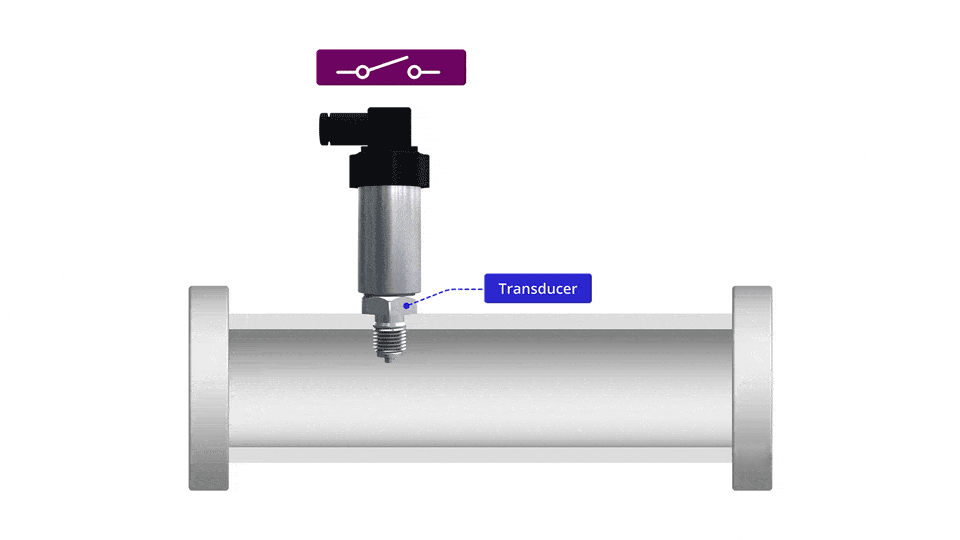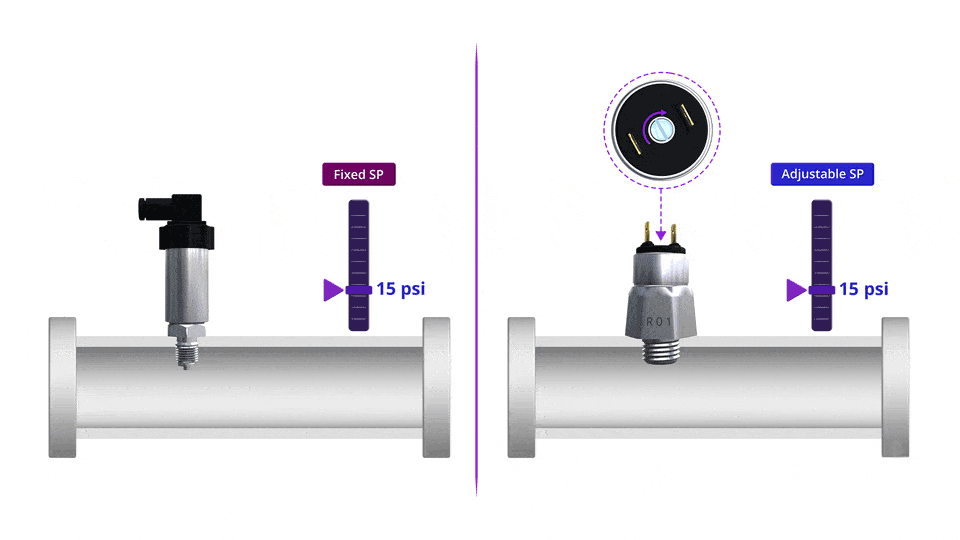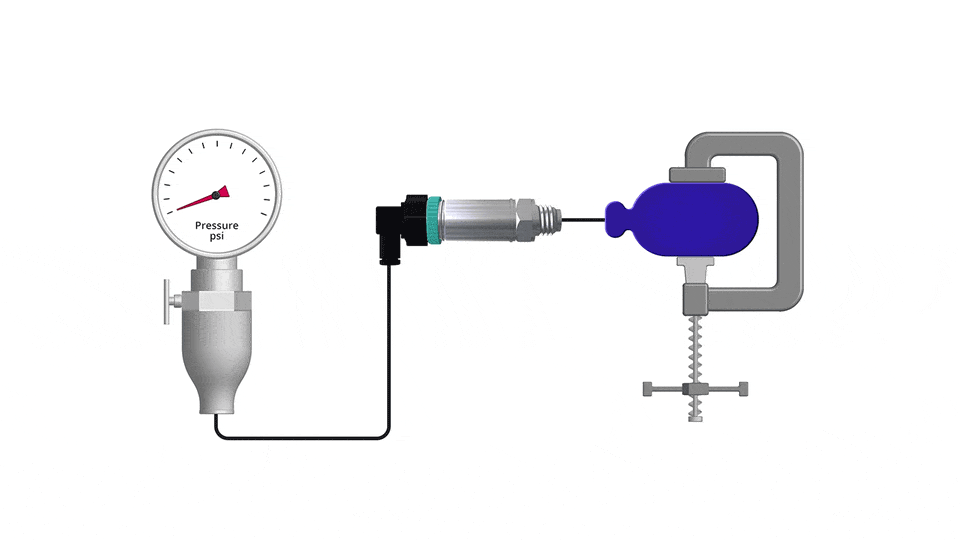What is pressure switch?
Pressure switch is a very useful and important tool for adjusting pressure. When the pressure fluctuates, the pressure switch prevents damage to the system equipment by controlling the pressure and changing the state of the device. The pressure switch turns an electric circuit on or off with a set pressure. This pressure is called the set point of the switch. Most of the pressure switches are designed in such a way that when the pressure decreases or increases, the system automatically disconnects or connects. For this reason, the important role of pressure switch is in establishing safety and control in the system under pressure, which have different types according to the type of application, the amount of working pressure and the type of fluid.

How does the pressure switch work?
Generally pressure switches contain two contacts (usually open and usually closed). If the pressure is lower than the set point, the contacts will be normally open. The switch remains open until the pressure rises above the set point. The sensing element then causes the contact to return to the closed state. If the pressure drops below the set point, the contacts return to the open position.

What are the criteria for choosing a pressure switch?
- Maximum tolerable pressure and type of pressure
- accuracy and repeatability
- Switch price, brand and manufacturer, life span
- how to connect
- Usability in explosive environments and IP pressure switch
- Type of Process Fluid
- The degree of resistance to temperature changes
- Working and setting point
- Type of pressure switch in terms of operation mechanism
- Hysteresis, which is the difference between the switch point and the reset point.

Types of pressure switches
- Water or hydraulic pressure switch
- Air or pneumatic pressure switch
- Pressure switch for steam
- Pressure switch for gas
Water or hydraulic pressure switch:
The most important application of this type of pressure switch is in water pumps. For this reason, if we are dealing with a water pump, it is better to use a water pressure switch to adjust the pressure in the pump.
As you know, in an industrial water treatment system, the issue of pressure is so important that its decrease or increase cannot be ignored because it is possible that increasing the pump pressure will damage the equipment of the device, including the membrane of the desalination device.
Air or pneumatic switch pressure:
This type of pressure is the simplest type of pressure switch, and its use in air compressors is one of its most important applications.
Other uses of this pressure switch include its use in automatically turning on pumps in domestic use, disconnecting and connecting the alarm in the cockpit, turning off the gas compressor, etc. .
Pressure switch for steam:
As it can be seen from the name of this pressure switch, it works with steam, therefore this type of pressure switch must withstand humidity and high temperature. This type of pressure switch is mostly used to control the pressure in the boiler.
Pressure switch for gas:
This type of pressure switch is among the most sensitive pressure switches; Therefore, the presence of a gas pressure switch is necessary for places that deal with gas, because sudden changes in pressure may cause an explosion.
To order all kinds of pressure switch models, you can visit Turk Hydraulic store website.

Pressure switch applications
Pressure switches are used in many facilities. In general, a suitable pressure switch can be used in any field that requires a pressure-dependent contact. Some of the applications of pressure switches are as follows:
- compressed air system
- water pumps
- Activate the alarm if the pressure in the airplane cabin decreases
- electric water compressors
- high current switching
- process equipment, etc.
Components of a pressure switch
- microswitch
Micro switch with gold contacts is used for low voltage and low current operation. Micro switches with silver contacts are used for higher voltage and higher current applications. It is a single pole double throw (SPDT) switch. The switch is made of a normally open (NO) and a normally closed (NC) contact state. NO closes and NC opens when pressure contact mode is activated.
- Insulated travel button:
The isolation trip button causes the normally open (NO) and normally closed (NC) contacts to change when the push button is actuated.
- Operator PIN:
As you know, pin function topiston is connected The piston is activated when the inlet pressure changes. Finally, the operating pin moves down or moves up. When it moves up, it calls the trip button. When it moves down, it breaks contact with the trip button.
- Movement adjustment nut (range screw):
The travel adjuster nut used to adjust the push switch setting point is also called a set screw. This is done in the range of the spring by changing the amount of compression. If the board spring is further compressed by the travel adjustment nut, the pressure switch set point will be high.
- Rebound spring:
This spring is a pre-compressed spring. The amount of force produced by the spring is determined by the pressure at which the switch operates.
- Operating piston:
The operating piston is in contact with the push button function. Process pressure acts on the piston area. Because of this, it produces a force that opposes the range spring.
- Switch housing:
The switch housing is defined as the housing that contains the micro switch and other accessories. Switch bodies are generally made of aluminum or steel.
Related products